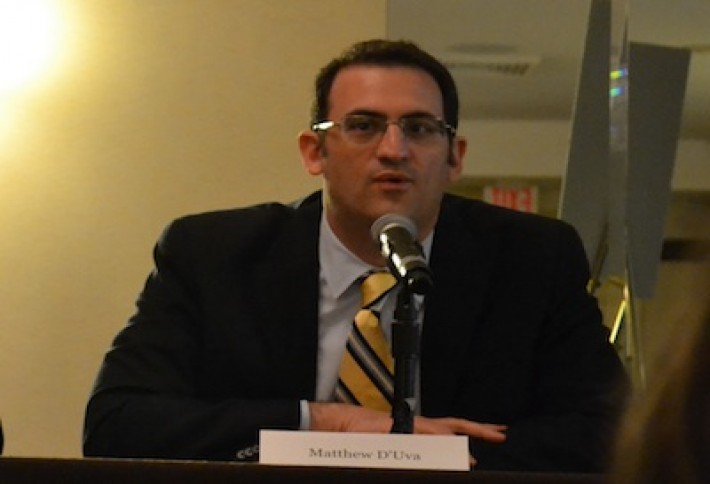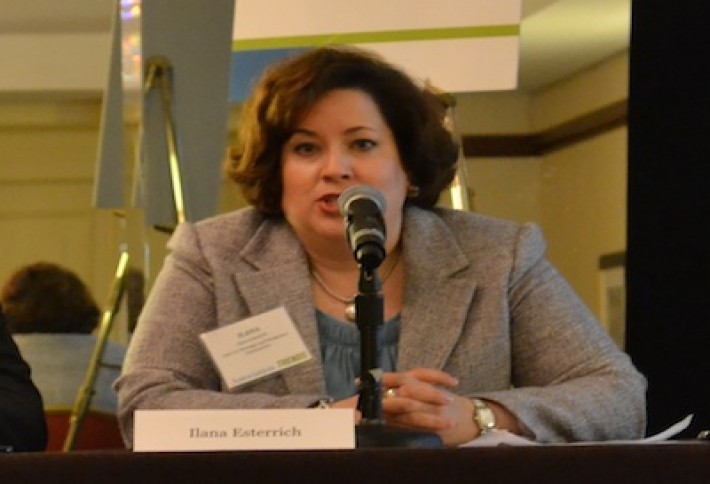Is Your Investment Strategy Normal?

It's a question every nonprofit and association asks. A study released this morning in Washington has some answers. (Normal is, of course, subjective, though can we all agree Skip in accounting was wearing shorts to work way too early in the season?)
Raffa Wealth Management surveyed over 150 associations and nonprofits about2012. Raffa president Dennis Gogarty says the nonprofit sector is in good shape in terms of the percentage of its budget it puts into reserves. (The average is 60% to 80%) The average ROI lagged traditional indexes by 1% to 2%. Why might that be? Many organizations don't have investment guidelines and they reacted to market trends by moving around their investments. Some other findings: 38% of respondents lack guidelines on investment diversification; 30% of orgs made changes to their asset allocations in 2012, most to be more aggressive; and 70% reinvested all of their dividend income in 2012.
American Association of Immunologists finance director Todd Breach says it's critical to not overreact to market conditions like the 2008 financial crisis. He saw an organization with a $20M investment portfolio lose $3M when the market crashed. The knee-jerk reaction was to completely change its investments, which caused a lag in the portfolio's recovery. (We switched our cash hoarding location from queen size bed to twin bed. Our investments were safe, but it really affected our romantic relationships.) GuideStar CFO James Lum says this study should be the beginning of more transparency in the nonprofit world. He'd like to see more openness with revenue streams, grants, and the impact of the organizations.
The study results will be used bySOCAP International to determine how it should be making investments compared to its peers, says CEO Matthew D'Uva. The organization has traditionally relied on an investment adviser but Matthew says he'll look more closely at how organizations of a similar size invest. Another area to consider changing is how much the organization leans on its investment adviser compared to the financial committee and the board.
The Center for Strategic and Budgetary Assessments is a nonprofit and also a not-for-loss organization, jokes chief administrative officer/CFO Ilana Esterrich. So it's taken a more conservative approach to its investment strategy. When she joined the organization in late 2011, she set out to update its investment policy statement to make its portfolio more diverse, especially since the center relies primarily on government and foundation grants. In light of sequestration, Ilana says the center wanted to have less reliance on government, so bringing in more diversity helped improve ROI.




